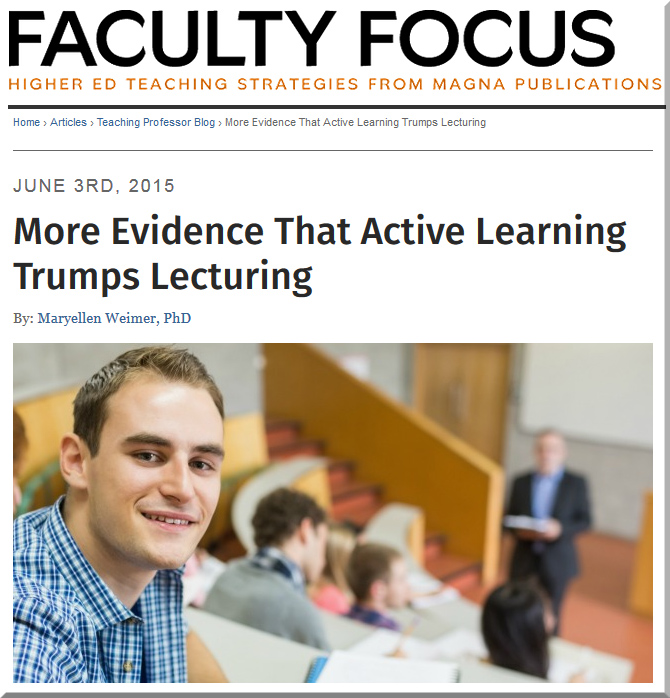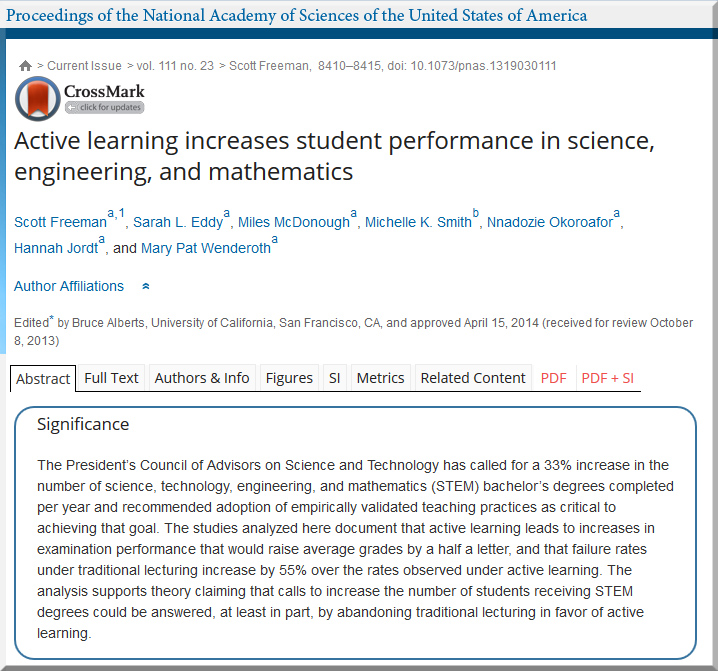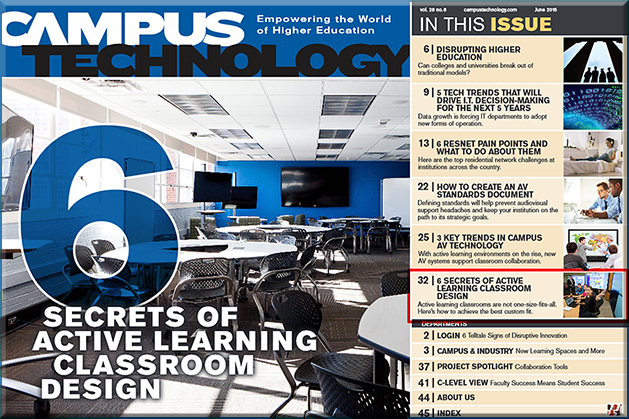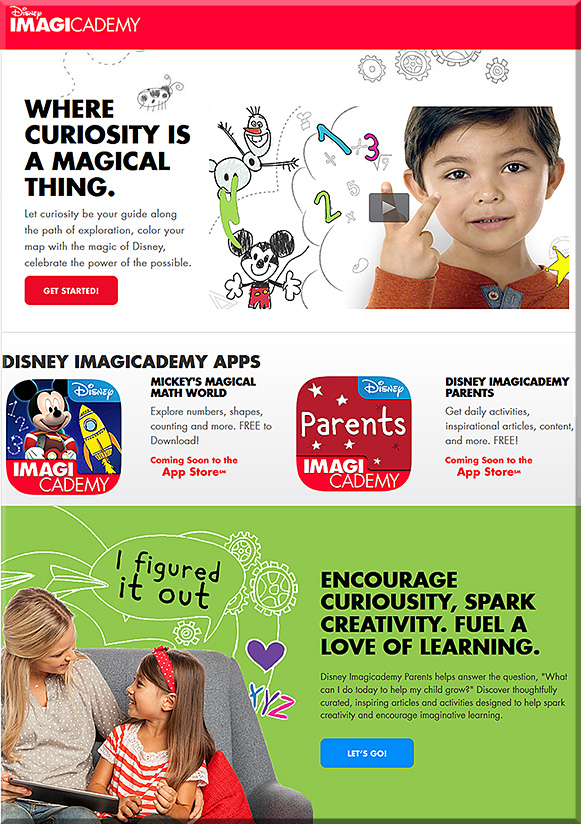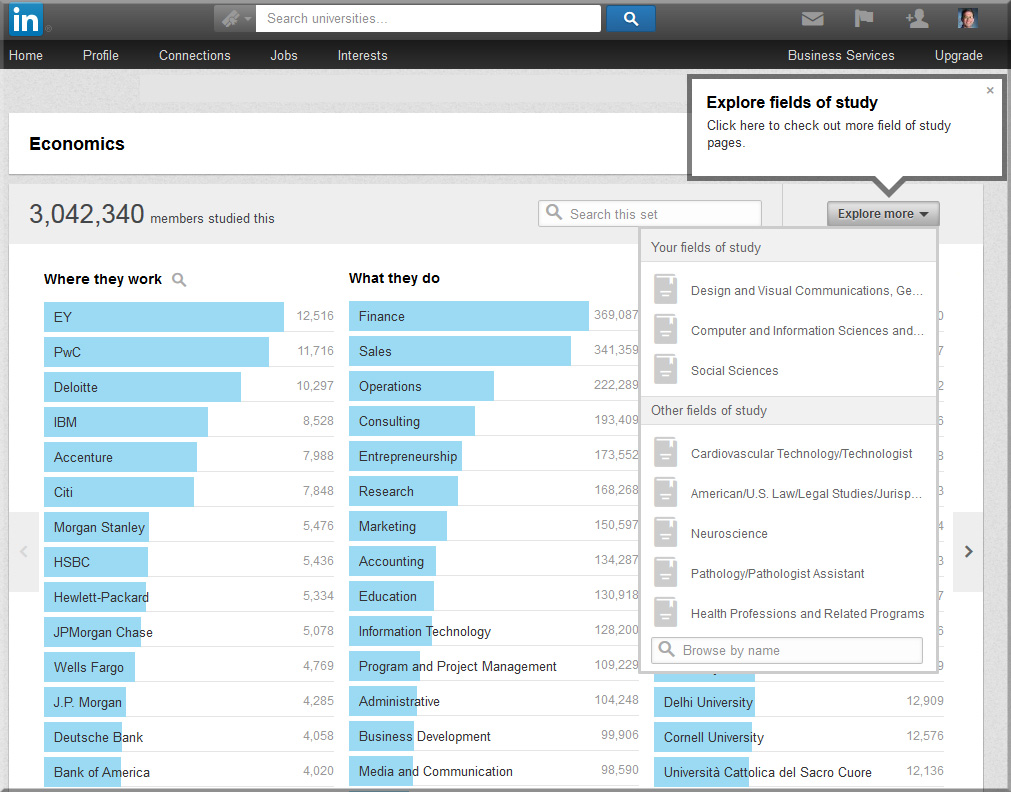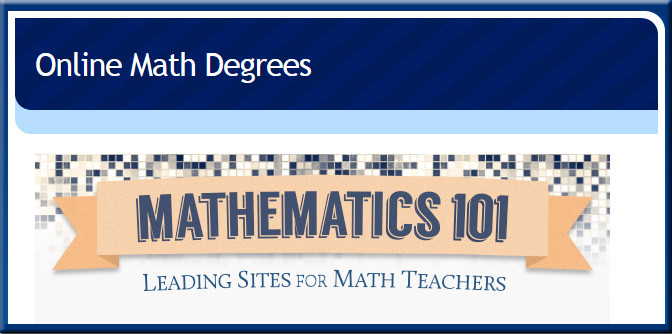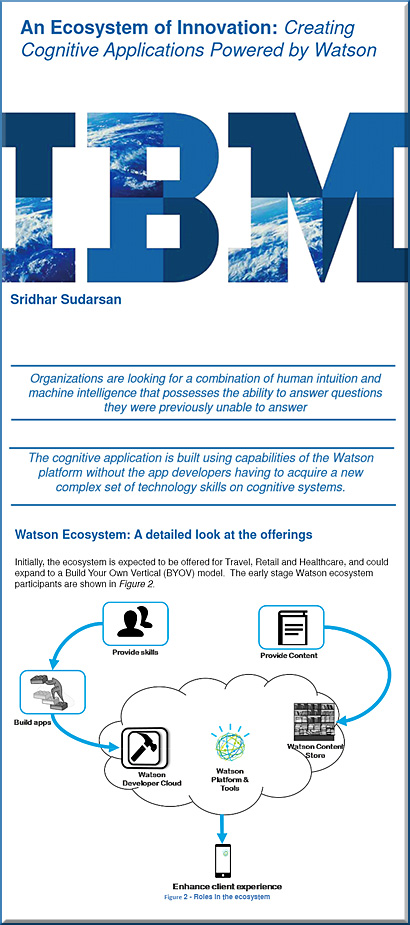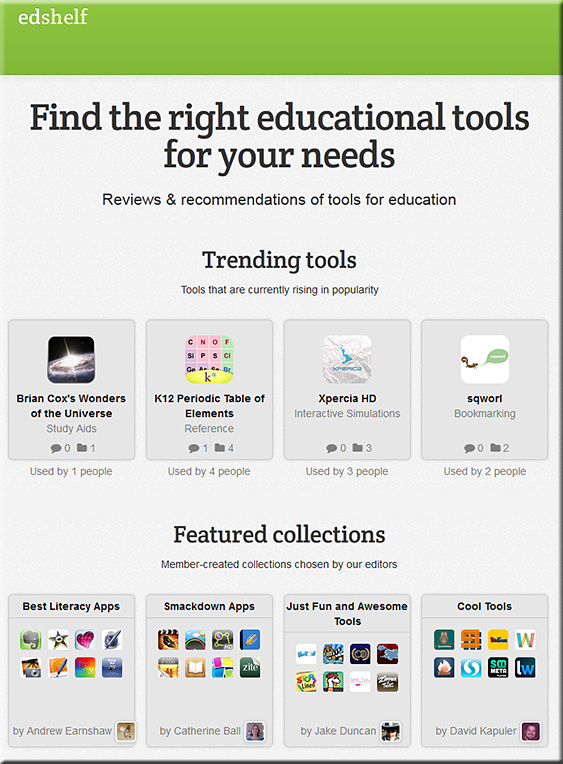Do the math: New math learning lab offers one-stop shop for student success — from udel.edu by Ann Manser and Juwan Montalvo
Excerpt:
If there’s a University of Delaware department that really knows how to rely on numbers, it’s Mathematical Sciences, and faculty members there have been seeing some worrisome data — a large proportion of freshmen failing or dropping their beginning math courses and, too often, difficulties with math causing interested students to abandon STEM classes altogether.
“We know that, nationally, a large number of students enter college with an interest in STEM [science, technology, engineering and math], but those numbers drop off,” said John Pelesko, professor of mathematical sciences and interim associate dean for the natural sciences in the College of Arts and Sciences. “A lot of that attrition is due to negative experiences in college math classes, so we decided to address it. We realized that we can’t fix this problem by doing the same things that got us here.”
The department and the college came up with what they think is a solution.











